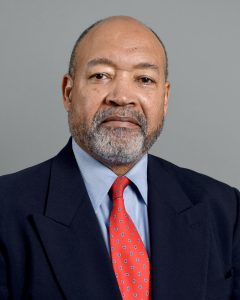
 The U.S. Constitution set in place a process for removing from office elected and non-elective executive and judicial officers of the United States: that process is commonly called impeachment. It is a power of the national legislature, the Congress; and both the House of Representatives and the Senate play roles, separately but in coordination. On occasion the Chief Justice of the United States also plays a role. Understanding the impeachment power and how the process operates has recently become much discussed. So a discussion of the bases and principles of impeachment appears particularly appropriate.
The U.S. Constitution set in place a process for removing from office elected and non-elective executive and judicial officers of the United States: that process is commonly called impeachment. It is a power of the national legislature, the Congress; and both the House of Representatives and the Senate play roles, separately but in coordination. On occasion the Chief Justice of the United States also plays a role. Understanding the impeachment power and how the process operates has recently become much discussed. So a discussion of the bases and principles of impeachment appears particularly appropriate.
Thomas J. Davis is an historian, lawyer, and professor emeritus at Arizona State University, Tempe, where he taught U.S. constitutional and legal history. He taught also as a visiting professor of law at the ASU College of Law. He received his PhD in U.S. history from Columbia University in the City of New York and his JD cum laude from New York’s University at Buffalo School of Law. Among his more than 50 scholarly articles and books, is his Plessy v. Ferguson(2012), a volume in ABC-CLIO’s Landmarks of the American Mosaic series.